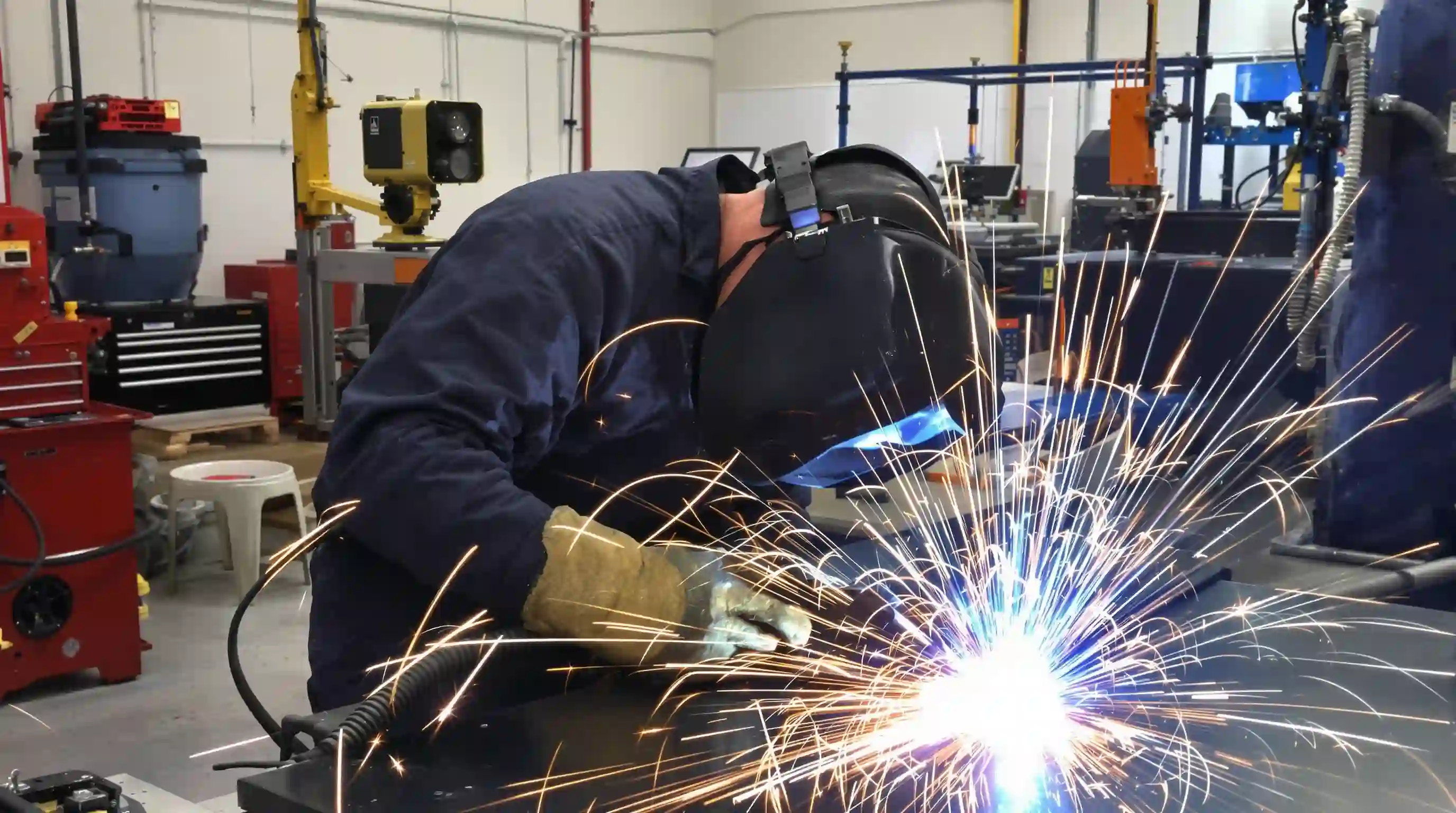MIG Welding Stainless Steel Basics

Welding - MIG Welding Stainless Steel Basics
MIG welding stainless steel can help achieve strong welds that last. Stainless steel differs from mild steel because it resists corrosion and retains heat, so it can lose its corrosion properties if overheated. MIG welding stainless steel requires selecting a filler metal suited to the exact type of stainless steel. In many cases, ER308L or ER316L wires work for common stainless steels such as 304 and 316. Proper shielding gas is also important for MIG welding stainless steel; tri-mix gases containing helium, argon, and small amounts of CO2 are popular options. It’s best to avoid typical steel shielding gases with high CO2 content, as stainless steel can pick up carbon, lose its corrosion resistance, and suffer from weld defects.
CQM Manufacturing – MIG Welding – TIG Welding – Robotic Welding – Stainless Steel – Aluminum
Before MIG welding stainless steel, always clean the material. Contaminants like oil, grease, paint, or carbon particles from mild steel tooling can negatively impact stainless steel, and a dedicated stainless steel wire brush is recommended to remove these impurities. Next, ensure the welding setup is ready for stainless steel. Use dedicated drive rolls and a liner meant for stainless wire if possible. This helps prevent cross-contamination from mild steel components. For high-quality MIG welding stainless steel, controlling heat input is crucial. Moving the MIG gun faster helps reduce overheating and reduces the likelihood of oxidation and carbide precipitation.
Preparation and Technique for MIG Welding Stainless Steel
To prepare for MIG welding stainless steel, gather stainless steel-specific tools and the correct shielding gas. Since stainless steel can distort easily, use fixtures or tack welds to hold parts in place. Avoid weaving; a straight stringer bead with the gun pushing forward helps control heat. If a machine has adjustable inductance, increasing it can improve puddle fluidity and avoid a “ropey” weld. Pulsed MIG welding stainless steel offers benefits such as less spatter and lower heat input, which can help prevent discoloration and distortion. Consider also using post-flow gas coverage. After finishing, hold the MIG gun over the cooling weld for a few seconds so the shielding gas can protect the hot puddle.
CQM Manufacturing – MIG Welding – TIG Welding – Robotic Welding – Stainless Steel – Aluminum
Setting Up MIG Equipment for Stainless Steel
Getting Results With MIG Welding Stainless Steel
MIG welding stainless steel offers consistent and efficient results if key points are followed: clean the metal thoroughly, pick the right shielding gas, and select filler wire to match or exceed the alloy of the base stainless steel. Maintain a suitable travel speed to keep heat input low and reduce the risk of carbide precipitation or warping. Protect the weld from oxidation by using post-flow shielding and, if necessary, back purging. Keep drive rolls, liners, and brushes dedicated to stainless steel. With practice and proper preparation, MIG welding stainless steel can produce attractive, corrosion-resistant welds for a wide range of applications. Stainless steel remains a strong choice for jobs needing durability, heat resistance, and a clean finish, and MIG welding stainless steel makes it possible to fabricate everything from household items to professional-grade projects with confidence in the final results.
CQM Manufacturing – MIG Welding – TIG Welding – Robotic Welding – Stainless Steel – Aluminum